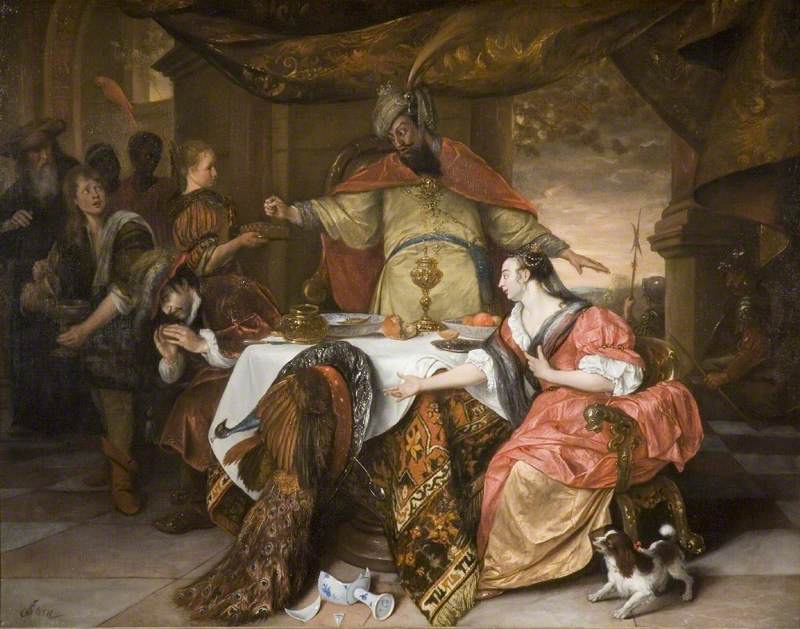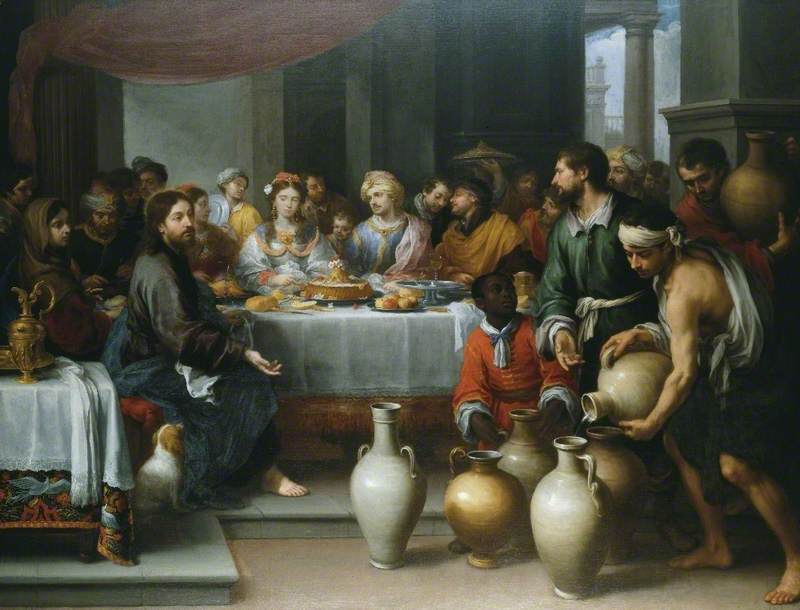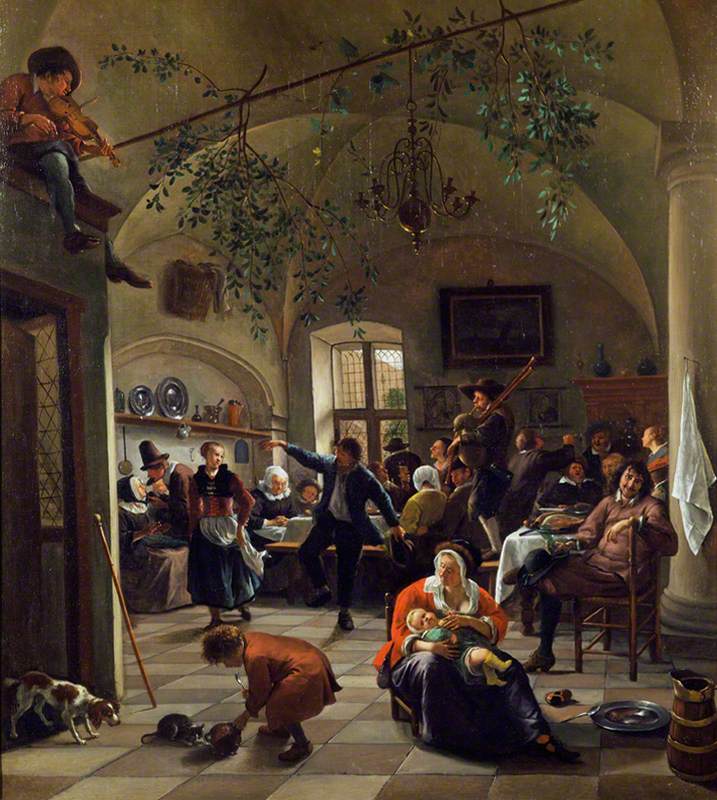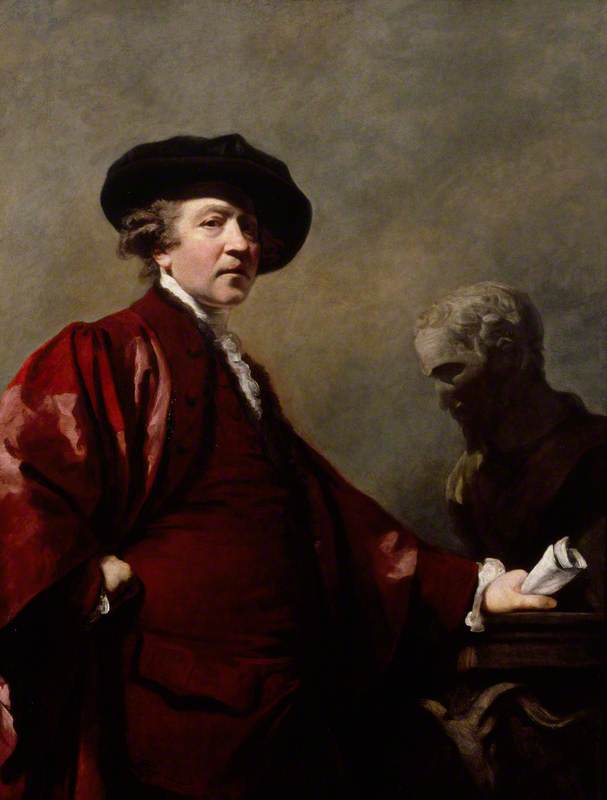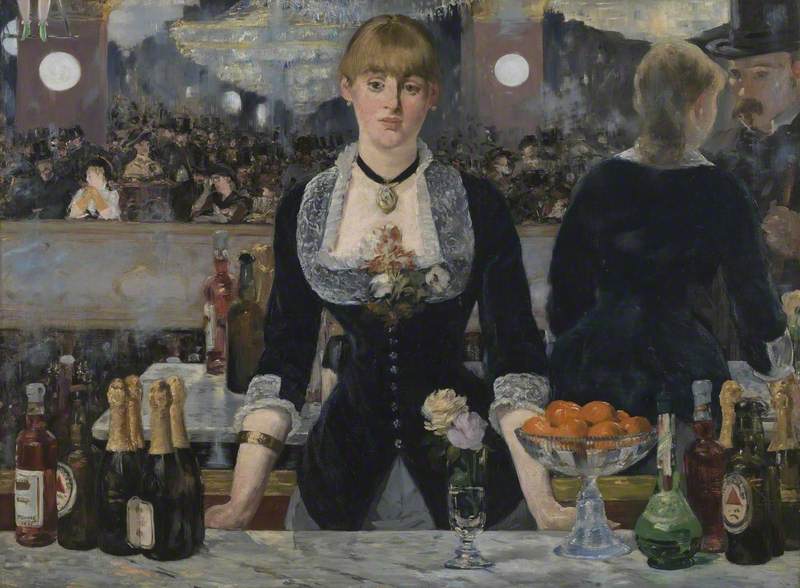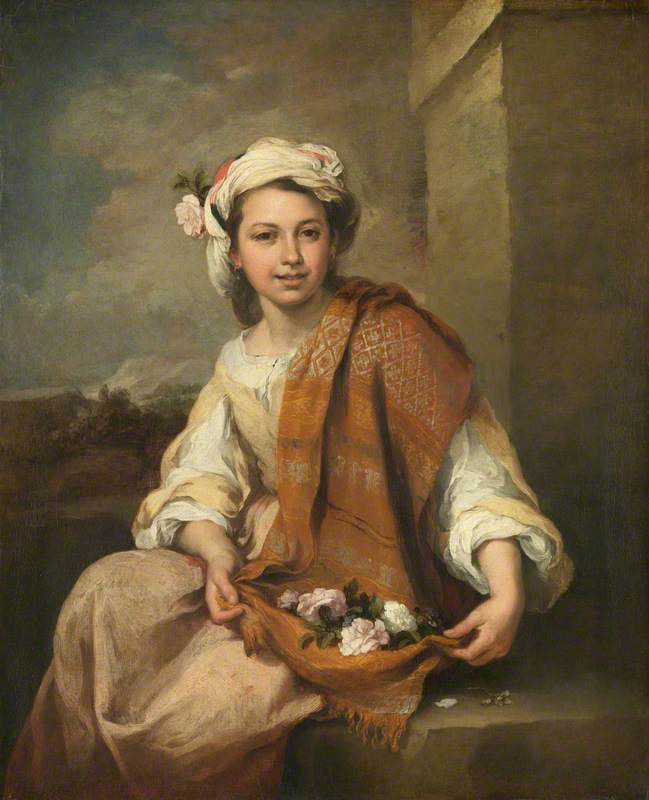Founded by Lady Barber in 1932, the collection offers a brilliant survey of European painting from the thirteenth to twentieth centuries. It features outstanding paintings by such leading masters as Bellini, Rubens, Poussin, Canaletto, Magritte and Auerbach. There is a fine collection of works on paper to match, and groups of sculpture and decorative arts. The Barber building itself is a Grade I-listed Art Deco masterpiece, set amidst the University of Birmingham’s campus.
Art Unlocked is an online talk series by Art UK in collaboration with Bloomberg Philanthropies. This Curation is based on a talk by Robert Wenley, Head of Collections and Deputy Director of The Barber Institute of Fine Arts, on 14th July 2021. You can find a recording at https://www.youtube.com/watch?v=dY5lvkcRVkI
-
The Nativity c.1515–1520
The Nativity is a well-represented subject in European art, but this is an unusual take on it, being one of the first and finest to set the scene at night. This allows De Beer to play with a variety of light sources – the moon in the night sky, a distant fire, Joseph’s lamp, but the brightest of all is the light mysteriously emanating from the Christ Child. From this the surrounding angels react in both wonder and horror, foreseeing Christ’s ultimate fate. This contrived use of light, the rich textiles and improbably fluttering draperies, are all characteristic of Antwerp Mannerism, a stylistic movement of which De Beer was one of the greatest exponents.
Jan de Beer (c.1475–1528)
Oil on wood
H 137 x W 137 cm
The Barber Institute of Fine Arts
-
The Wrath of Ahasuerus c.1671–1673
This operatic scene comes from the biblical story of Esther. Steen was a great master of storytelling and brilliantly encapsulates a key moment through the contrasting gestures of the three main protagonists. Steen consciously evoked contemporary Amsterdam theatre productions to help convey the story, one that was seen to have parallels with the fledgling Dutch Republic’s struggles against Spanish oppression. There is even a proscenium curtain over the protagonists’ heads to underline that this is a piece of theatre not a documentary.
What is distinctively Steen’s is the sumptuous representation of materials including the salver that once supported a peacock pie, its earthbound fate symbolic of the cringing Haman's cringing pride.
Jan Steen (1625/1626–1679)
Oil on canvas
H 129 x W 167 cm
The Barber Institute of Fine Arts
-
The Marriage Feast at Cana c.1672
The Marriage Feast at Cana by Bartolome Esteban Murillo is one of the artist’s largest and finest works in the UK and without question one of the Barber’s most important paintings.
It was commissioned by Nicolas Omazur, a wealthy Flemish merchant in Seville, who became Murillo’s number one patron. The painting may have been ordered to commemorate his marriage in 1672 to Isobel del Malcampo.
Taken from the New Testament, this was the occasion of Christ’s first miracle, the turning of water into wine. The subject provided Murillo with a wonderful opportunity to show off his skills at depicting materials, expressions and a multitude of figures. The Black boy may have been modelled on an enslaved youth known to artist or patron.
Bartolomé Esteban Murillo (1617–1682)
Oil on canvas
H 179 x W 235 cm
The Barber Institute of Fine Arts
-
Maria Marow Gideon and Her Brother, William 1786/1787
This is a portrait of two children of Sir Sampson Gideon, MP, the son of a very rich banker of Portuguese Jewish ancestry. In 1787, Gideon paid the great Sir Joshua Reynolds fee of £300 for this life-size painting, a huge sum worthy of a great old master at the time. The portrait marks a high watermark in Reynolds’s late manner: grand, imposing and stylish.
It’s an undoubted masterpiece by one of England’s greatest portraitists, and also the Barber’s first – and to date only – full-length and double portrait. It was, however, somewhat compromised by a harsh scrubbing about fifty years ago, which left the foliage much denuded and William with vivid patches of green in his hair, having lost the upper glazes. These have since been restored.
Joshua Reynolds (1723–1792)
Oil on canvas
H 240 x W 148 cm
The Barber Institute of Fine Arts
-
Portrait of an Old Woman c.1800–1805
Acquired in 1940 as a portrait by Francisco de Goya of his mother, this attribution had long been dismissed - along with the authenticity of two accompanying letters, also supposedly by Goya, that purportedly mention the painting.
A recent research project, consulted via an Art Detective thread, found that the artist is in fact José Campeche. Working exclusively on the Caribbean island of Puerto Rico, his father a Black man freed from enslavement and his mother a white woman from the Canary Islands, Campeche is now acclaimed as the finest painter active in central or south America in the eighteenth century. The identity of the somewhat stern-looking sitter remains unknown, but her brooch represents the Virgin of Solitude.
José Campeche y Jordán (1751–1809)
Oil on canvas
H 105 x W 85 cm
The Barber Institute of Fine Arts
-
Carolus-Duran (1838–1917) begun 1876
Manet’s fascinating portrait of fellow artist Carolus-Duran was begun in the summer of 1876, while both were staying at a patron’s country estate near Paris. The two artists were old friends and they agreed to paint each other. But Manet wrote that there was ‘too much entertainment here to work seriously’ and the portrait was never finished. This is of course of particular fascination and value to students in a teaching collection like the Barber’s.
There is a playful allusion in Carolus-Duran’s pose to famous paintings of monarchs by Van Dyck and Velazquez in the Louvre, and echoes of the celebrated classical sculpture, the Apollo Belvedere.
Manet’s portrait was in fact the first Manet to be acquired for a museum outside London.
Édouard Manet (1832–1883)
Oil on canvas
H 191.8 x W 172.7 cm
The Barber Institute of Fine Arts

